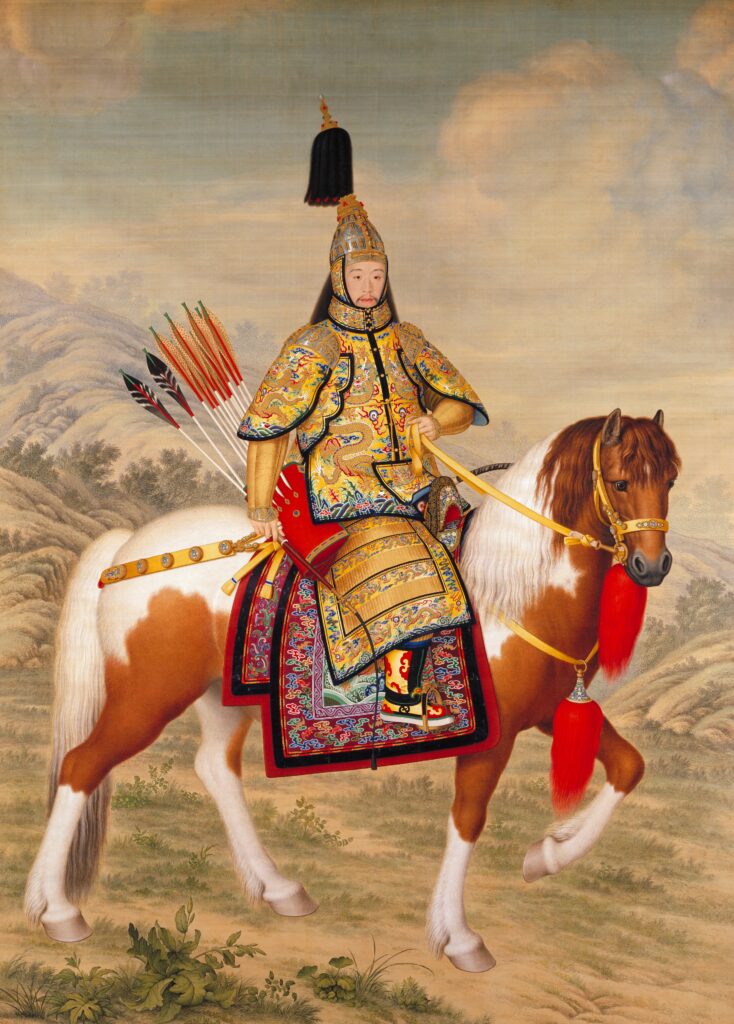For class this week, I chose the primary sources exploration pack that I found delightful to read and observe. However, before I write more on that, I wanted to say that I thought that the library session on Monday was a great fresher for my memory in finding credible sources. It was an efficient way for my brain to re-learn the important factors (peer review, the credibility of the writer, information about the website, etc.) that go into a reliable source after not thinking about any of that during the break.
Back to the primary sources, I thought it was interesting to learn about Giuseppe Castiglione, a Jesuit missionary that was sent to Qing China and served three emperors. Although Europe and China had a very strained relationship, with Europe thinking lowly of the Qing Dynasty, some individuals seemed to care and want to learn more about the Qing culture, traditions, philosophy, and way of life. Castiglione and his Jesuit predecessors, such as Matteo Ricci (1582), never focused primarily on converting the Chinese rather they seemed to desire to cultivate a close relationship of trust with them. By doing so, the Qing would favor the Jesuits as they were cautious of foreign nations that promoted their religious doctrines.
Castiglione revolutionized art in China by creating a new school of painting called the “Xianfa” style that focuses on a different line method (1). He combined European Renaissance realism art techniques such as chiaroscuro with Chinese aesthetics, poetic symbolism, and pigments (2). It was also interesting that most of modern China remember Castiglione and his contribution to art while Europe forgot his name or that it doesn’t hold much of an impact as it did in China. Although a foreigner, Castiglione assimilated within the society of China, the rest of Europe failed to do, especially the powers of Europe. In class, I thought it was intriguing to see the ulterior motive of the Emperor when entertaining the missionaries and foreigners. He had a bigger picture in mind and created a microcosm of sorts to show how enlightened he was with cultures and other aspects of the world outside of China. Because how else was he supposed to indicate that he was an esteemed Emperor? He utilized what the missionaries had offered him, especially the portraits Castiglione had created of him that showed him to look more majestic and revolutionized.

In our group, we mentioned that other Jesuits had different priorities, such as converting the Chinese to Christianity because their faith and religion were superior (Classic Catholic style). However, it was impressive to hear that some missionaries had believed that China surpassed the West with its thousands of years of philosophy.
Bibliography:
(1): “Giuseppe Castiglione (Lang Shining, 郎世寧): A Jesuit missionary paints the emperor of China”. Obelisk. URL: https://arthistoryproject.com/artists/giuseppe-castiglione/
(2): “Giuseppe Castiglione (Lang Shining, 郎世寧): A Jesuit missionary paints the emperor of China”. Obelisk. URL: https://arthistoryproject.com/artists/giuseppe-castiglione/